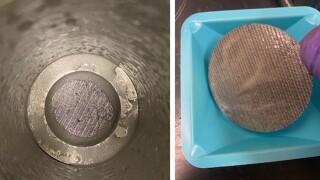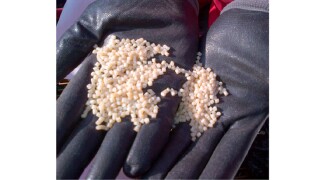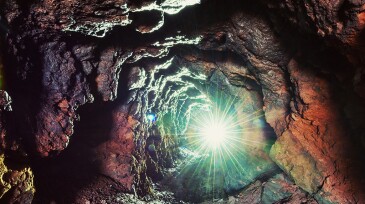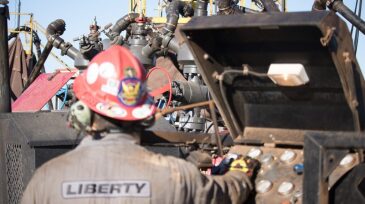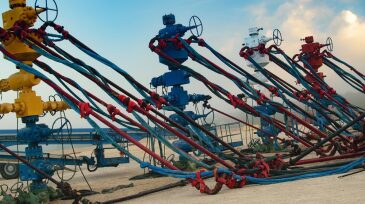Completions
Ranger acquires American Well Services for $90.5 million, adding 39 workover rigs and boosting its fleet by 25%.
This paper describes development of a high-temperature water-based reservoir drill-in fluid using a novel synthetic polymer and customized with optimal chemical concentrations and sized calcium carbonate.
In this case study, a geomechanics-based approach was used to create bridging and sealing at the fracture aperture using a biparticle self-degradable lost-circulation-fluid system.
-
From refracturing old wells to ones that don’t have to be fractured at all, notable producers argue that experiments are paying off.
-
Over 1,000 hours of remotely monitored continuous production was achieved on an unmanned platform—a first for standalone offshore solids management in the North Sea.
-
The authors of this paper describe the development of a continuous monitoring solution throughout its deployment.
-
The SPE Hydraulic Fracturing Technology Conference and Exhibition is being held 31 January–2 February in The Woodlands, Texas.
-
Moving into 2023, perhaps it will be safe to say that the era of the low-carbon energy mix has begun as the primary energy production landscape is changing fast. Until now, fossils fuels have dominated, and may still for the next few years dominate, the energy mix; however, a shift is taking place that will gain momentum, driven by global efforts toward addressing cli…
-
The authors of this paper describe a software technology that balances calculated well-integrity risk with the associated financial impact for an entire integrity-surveillance program.
-
The authors of this paper investigate the risk of containment loss for a leaking well using a 1-sq-mile section of the Denver-Julesburg Basin.
-
This study evaluates well integrity and CO2-leakage risk in wells penetrating a CO2 storage reservoir in Malaysia.
-
ProPetro will provide committed services for a 3-year period to an undisclosed Permian Basin operator.
-
This paper presents field cases of a rigless wireline logging technique that accurately locates sources of water production in cased wells with standalone sand screens in an offshore field in the Caspian Sea.


